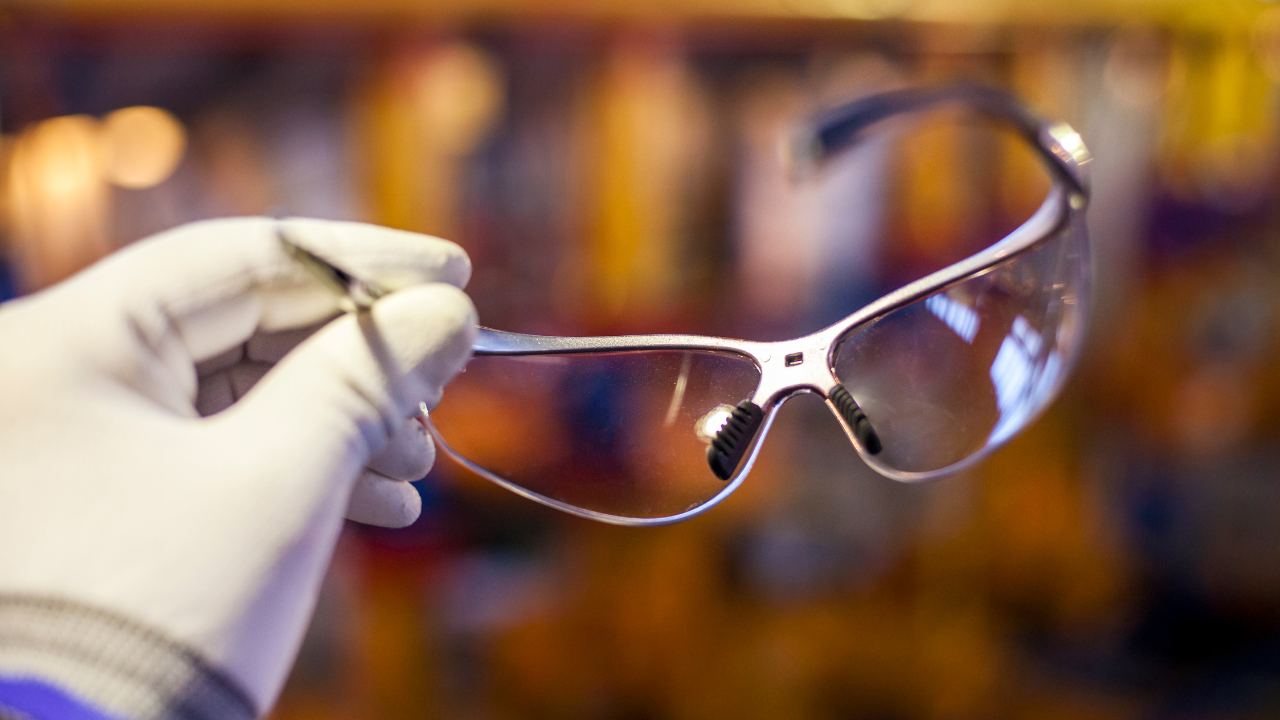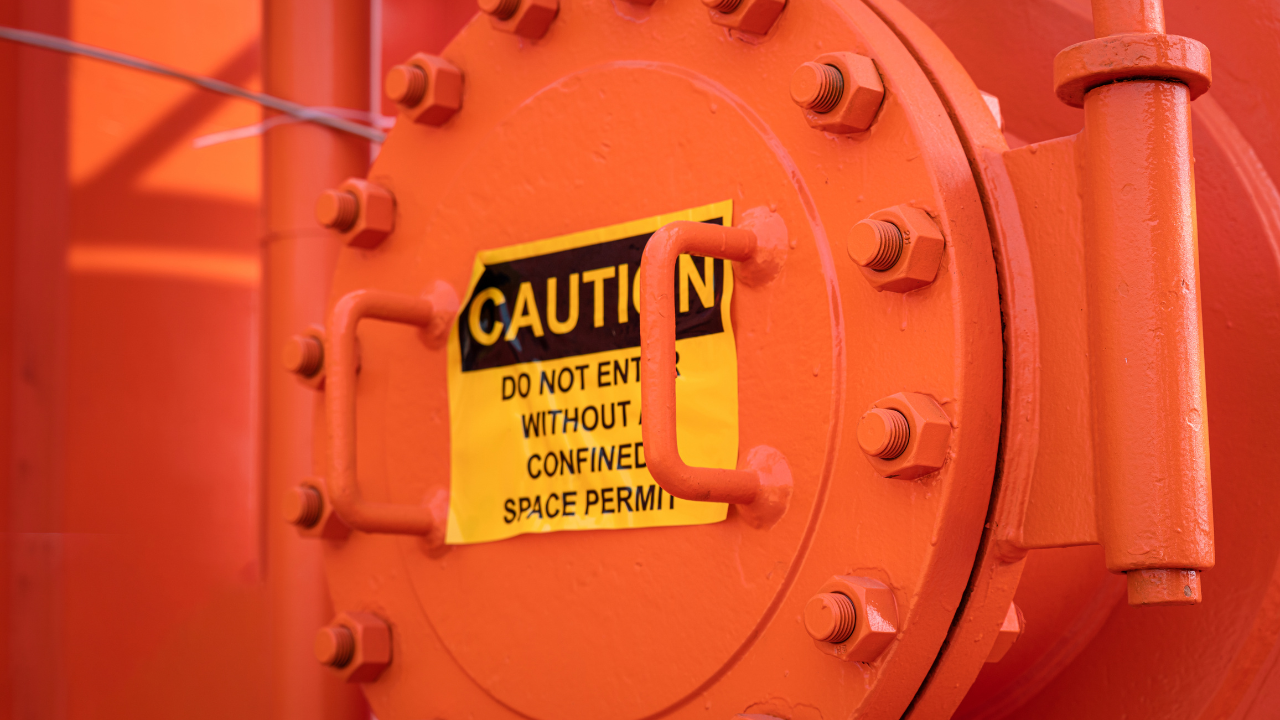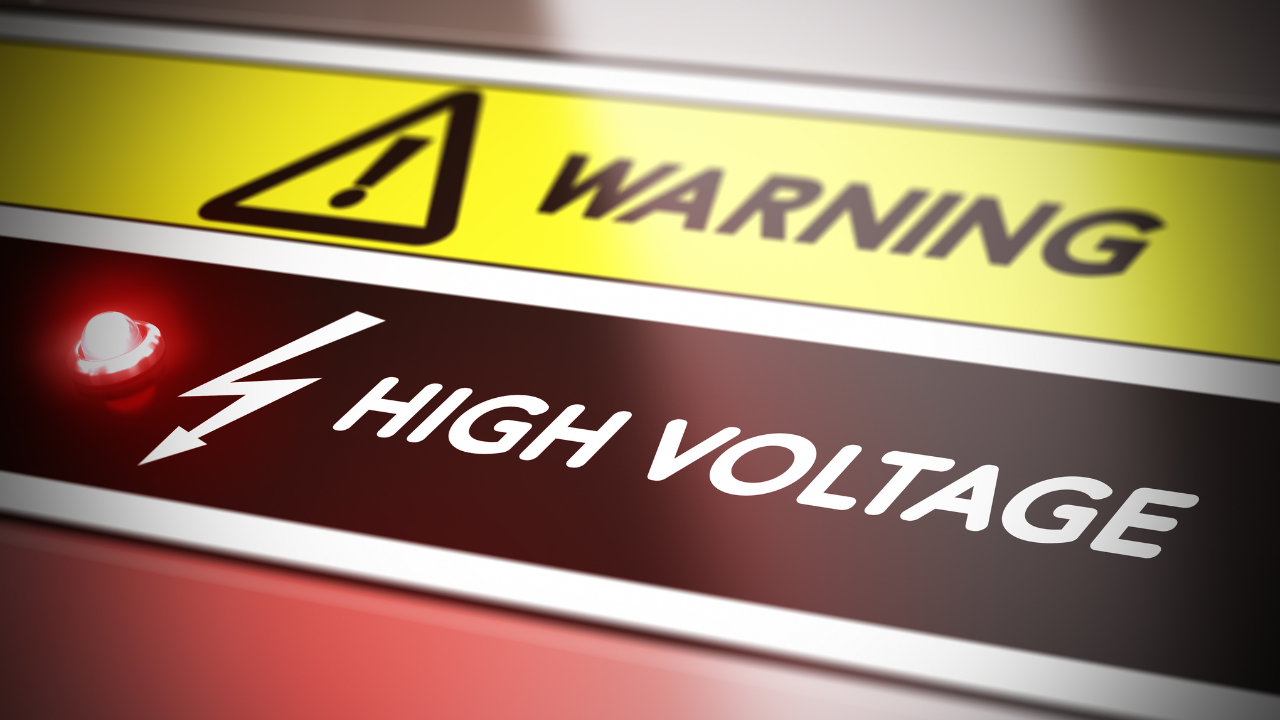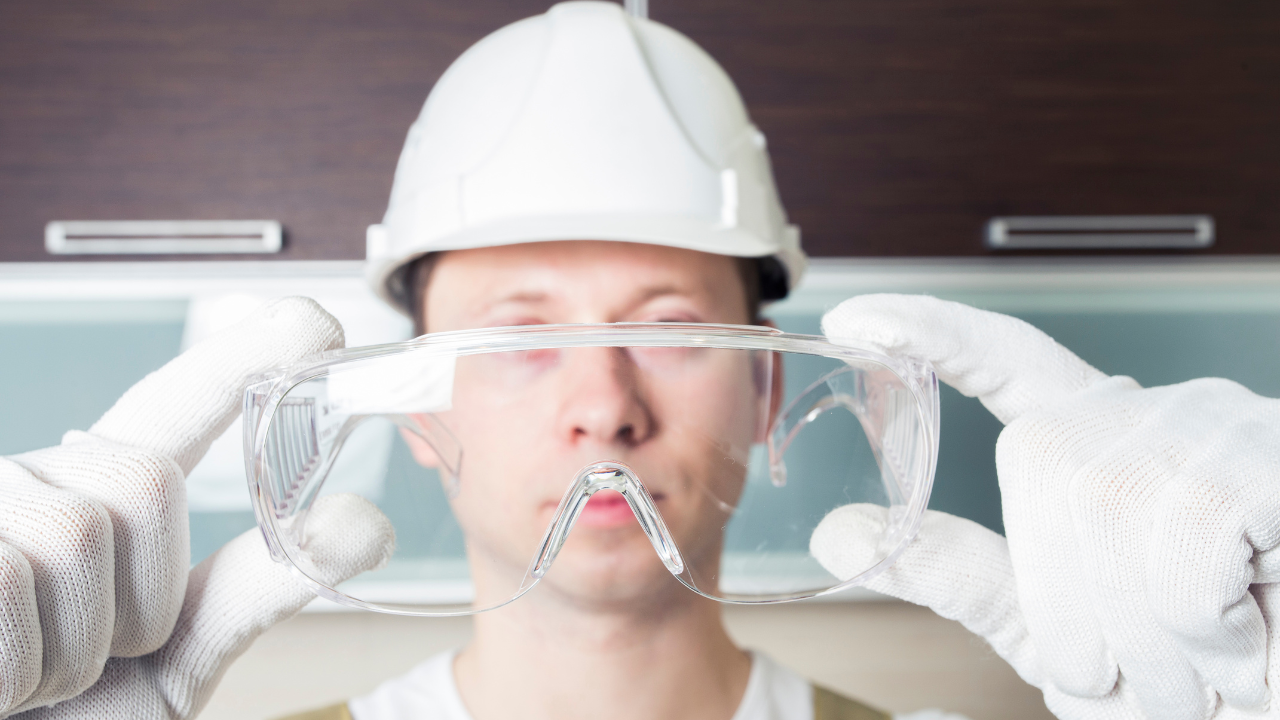Preventing Workplace Eye Injuries
by David Roll, Ken Duffie and H.L. Bouton, Plant Safety & Maintenance
Hazards and accidents are most often caused by a combination of carelessness and unsafe working conditions. Assessing the workplace, choosing and issuing the proper safety eyewear, and educating employees on the correct use and storage of their protective eyewear is an excellent start to an effective safety program. By combining these steps with safety incentives and corporate policies surrounding the use of safety eyewear, you will be able to initiate a safety program that will indeed prevent eye injuries in your workplace.
As an employer, your first step needs to be an assessment of the workplace. It’s your responsibility to conduct a walk-through survey of work areas to assess possible hazards. Since many of the jobs in your workplace may not be performed by yourself on a regular basis, employee input can be critical to completing this survey correctly. If you choose to put someone else in charge of your safety program, choose wisely. Safety isn’t all common sense, it also has a lot to do with experience and education. A Certified Safety Professional (CSP) should be the first individual that comes to mind. You wouldn’t hire a car salesman to rebuild the engine in your car, and likewise wouldn’t want to hire anyone but a professional to fill the role of safety director.
Next, you must choose the right protective eyewear for each job. Which hazards a particular job comes in contact with will determine what type of safety eyewear is needed – spectacles or goggles. From impact, dust and particles to heat, intense light, liquids and gases, there are spectacles or goggles that will adequately protect eyes from injury. In some situations faceshields are also needed in combination with spectacles or goggles. Once this is determined, protective eyewear should be purchased for your employees based on the following:
- Quality – the better it is designed, the longer and better it will protect.
- Fit – if it doesn’t fit properly, it won’t protect properly.
- Style – modern styles encourage use and policy compliance. Comfort – constant adjusting, etc. will inhibit job performance.
- Lens options – do any workers need prescription lenses? Would they rather wear over-the-glass safety eyewear? Are anti-fog, anti-glare or indoor/outdoor lenses required?
- Employee feedback – this will make compliance to mandatory rules easier.
Keeping up to date on OSHA regulations and ANSI standards is also your responsibility as an employer. It is up to you to make sure that you are fully aware of these regulations and standards, and that the spectacles you provide your employees meet them.
The issuance of safety eyewear to employees requires more than a handout. An important thing to remember when issuing safety eyewear is that in order to put your safety program into action, you need to communicate and educate your employees. Merely handing out free safety goggles and glasses and saying “wear these when you are working or else…” will only get you so far. Employees need to know why it is important to wear protective eyewear, and they need you to make it easy for them to do so effectively. It often helps to recite employee eye injury statistics to show workers the reality of the hazards around them, and give them a starting point for improvement.
Concise easy-to-read guidelines should be written, clearly stating your policies about when protective eyewear should be worn, by whom, etc. Workers should be encouraged to positively communicate with each other when they see these policies are being ignored. You will also need to educate employees about job hazards and how they can be avoided through proper use and care of safety eyewear and workplace equipment.
Proper use and storage of safety eyewear:
- Issue free cases, holders and/or straps – cases and holders serve to protect eyewear from the hazards of the workplace when they are not being worn. Safety eyewear protects better when it is in good condition. The longer you can keep it that way, the more money your company will save in replacement costs.
- Keep them clean – as an employer, make sure there are available cleaning materials in a convenient location in each work area so workers won’t have to stray too far from their work station to clean their eyewear. This saves time and makes it easy for the worker to comply.
- Inspect eyewear frequently – cracks in lenses, loose frames and missing nose pieces can often contribute to accidents causing eye injuries. In addition, if a worker is having trouble seeing what he is doing, or is spending too much time adjusting his worn out, uncomfortable eyewear, he is very apt to remove it altogether.
Proper use of machinery and equipment:
- Are operating instructions being followed?
- Are machine guards in place?
- Is a faceshield also needed to aid face and head protection?
- Is enough lighting provided?
- Are the workers concentrating on using the equipment properly?
When words are not enough, it helps to initiate safety incentive programs and corporate policies surrounding the use of safety eyewear. As an employer you can’t always be there to look over an employee’s shoulder to remind them to wear their safety eyewear and use their tools and equipment properly. Safety incentive programs and corporate safety policies should be in place, used in conjunction with your safety program to prevent eye injuries in the workplace. There are several types of safety incentive programs out there; find one you and your employees agree upon, or create your own. Some of the more popular incentives are bingo games, monthly drawing contests and quarterly drawing contests.
Whatever the incentive you choose for your employees, make sure it focuses on the type(s) of behavior you want to change or improve. If you find yourself unsure of how to prioritize these behaviors, conduct an accident analysis to determine what accidents occur most and why. And above all, be sure, once you have decided on a safety incentive that you publicize it, over the loud speaker if necessary. If they aren’t motivated, you are doing something wrong. Every step of the way has to be a motivational tool to preventing eye injuries in the workplace.
While incentives and safety games are motivational because they are fun, corporate policies surrounding the use of safety eyewear motivate employees on a different level. Some companies have gone so far as to make the use of safety eyewear part of each applicable job description. This says to the employees that there are no exceptions or excuses for failing to wear protective eyewear. In order for safety policies and programs to be taken seriously, safety needs to be categorized as one of the fundamental objectives of your company, such as quality, productivity and cost.
Management needs to set an example, by following policies and sticking with the safety program. And as an employer, you need to make a point to correct unsafe behavior in all of your employees and visitors. Safety eyewear should be issued consistently to anyone in the work area, including management, visitors and delivery personnel. Any lost or damaged eyewear should be immediately replaced.
While hazards and accidents are most often caused by carelessness and unsafe working conditions, eye injuries in the workplace can significantly be decreased, if not eliminated, by following these simple guidelines. But remember, if you want to prevent eye injuries in your workplace, make sure you understand that as an employer it is your responsibility to make the safety program work. By assessing the workplace, choosing and issuing the proper safety eyewear, educating your employees, and initiating safety incentive programs and corporate policies surrounding the use of safety eyewear, you will be on the road to an eye-injury-free workplace.
David Roll, Ken Duffie and H.L. Bouton, Plant Safety & Maintenance
Related Articles

All About Eye Protection

Arc Flash/Arc Blast Review with Safety Suggestions for Design & Maintenance

CSA Launches First Confined Spaces Standard in Canada

Do You Need NFPA 70E?

Electrical Hazards

Eye Injuries are a Serious Threat to American Workers




